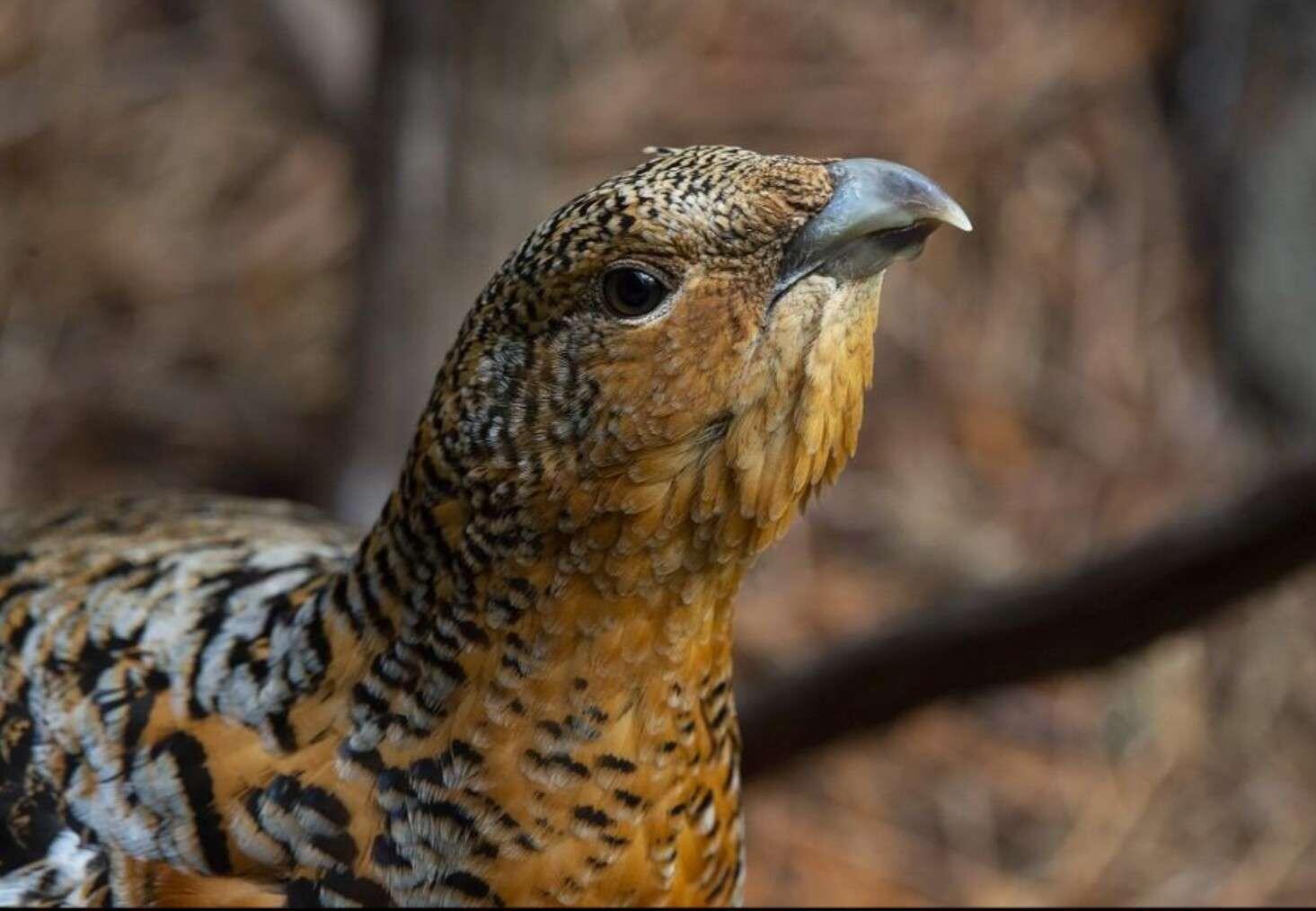Today we are getting into something I LOVE: feeding paprika to birds, and myself!
Paprika is dried and ground red peppers/capsicum. Sometimes it also consists of mild chilli peppers, and sometimes it is smoked.
But it is ALWAYS: delicious.
However, we are not feeding paprika to our birds to make the eggs taste like peppers. It is instead primarily in there to change the colour of the yolks . . .
There are a few carotenoid pigments in paprika, here are some of their names and concentrations per 100g that I am pulling from tools.myfooddata.com, which is a great website that I use a lot when egg programming:
β-Carotene, 26.16 mg
α-Carotene, .595 mg
β-Cryptoxanthin, 6.19 mg
Lutein + Zeaxanthin, 18.94 mg
Paprika is also relatively impressive on the macronutrient front: it is 14.1% protein, 54% carbohydrate (34.9℅ fibre), & 12.9℅ fat.
Further, paprika is pretty impressive on the minerals and vitamins front with performance particularly across iron, potassium, magnesium, zinc, copper, and manganese, as well as vitamins A (as you might expect from some of the pigments present), B2, B3, B5, B6, E, and K!
So, paprika is actually a multi-nutrient and multi-pigment additive for your food, and, evidently, your food's food.
My current mix is 2.38% paprika. But, you do not need to dose so hard.
Looking at a 2014 article by Liang et al. involving Suqin hens, it seems .2% is enough to deepen the yolk colour, and .3% is enough to increase egg weight.
Lokaewmanee et al. (2010 and 2011), looking at Charoen Pokphand browns, found a change in colour even at .1% paprika.
It takes a week or two for the pigments to begin to be well deposited in the yolk, so be patient initially.
Interestingly, Orhan et al. (2017) found that capsaicinoids (you might be thinking spicy things, but paprika, with or without chilli, has them too) regulate ovary-specific genes that alleviate oxidative stress in heat-stressed Japanese quail.
So, if the weather is hot where you are, this trendy red stuff might just be a cool(ing) addition to the food your girls are gobbling down.
It is most certainly groovy stuff: that cheeky old paprika. 🌶️ 🚀
Here is the current egg program, with amendments implemented upon discovery during the egg programming note series.
-- Japanese Quail Food for Magnificent Eggs --
To make ~ 1.43kg @ ~ 20% Protein & ~ 5% Fat:
-- 1kg Yellow Peas*
-- 270g Raw White Rice
-- 34g Paprika
-- 30g Dehydrated Pilchards
-- 30g Flax Seeds
-- 25g Grass-Fed Butter°
-- 10g Coconut Oil°
-- 10g Dehydrated Bull Kelp (Durvillaea potatorum)
-- 10g Dehydrated Grass-Fed Beef Liver
-- 7.2g B.V.M. Probiotic Powder
-- 4.2g Iodised Salt
Optional:
-- 7.5g Turmeric
-- 5.25g Cloves
-- 5.25g Dry Olive Leaves
-- 1.2g Onion Powder
-- 1.2g Cinnamon Powder
-- .75g Ginger Powder
Calcium carbonate/egg shells/cuttle bone/limestone/oyster shell grit provided separately and consumed at the discretion of the performer.
Grean leafy lower oxalic acid things also provided daily.
* = Rinsed then soaked for 12 hours. Then drained, and then roasted for 90 minutes at 170°C/338°F, then dehydrated for ~ 5 hours at 70°C/158°F.
° = Melted and poured through mix.
Note within a note (noteception): entire mix is ground prior to feeding.
The next note in the series will be about #paprika.
nevent1q…782y
#feed #food #poultry #birds #quail #nutrition #eggstr #henstr #roosterstr #eggprogramming
#eggprogramming #homesteading #nutrition #poultry #hens #chickens #quail #health
